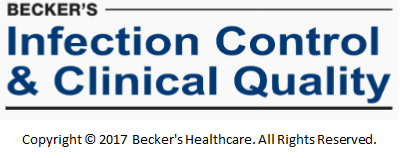
N.B. — This post is one in a series of ten, based on Becker’s Infection Control & Clinical Quality article 10 top patient safety issues for 2017 by Heather Punke & Brian Zimmerman and published on January 18, 2017 (http://patientsafetymovement.org/challenges-solutions/actionable-patient-safety-solutions-apss/).
“Quality data transparency. In 2016, CMS moved forward with its controversial Overall Hospital Quality Star Rating program, which assigns hospitals a performance rating ranging from one to five stars. CMS touted the ratings as a way to ‘help millions of patients and their families learn about the quality of hospitals, compare facilities in their area side by side, and ask important questions about care quality when visiting a hospital or other healthcare provider.’
However, the star ratings did not come without criticism. Several stakeholders spoke out about the shortfalls in CMS’ program, including inadequate risk adjustment for data that makes larger hospitals that treat more complex patients less likely to receive a high star rating.
Other critics can paint CMS’ star ratings as one more voice in an already conflicting crowd of rankings and ratings. A JAMA viewpoint published in November noted ‘virtually no agreement among the rating systems identifying “better” or “worse” hospitals. Hospital ratings systems offer conflicting information, as they rarely agree on which hospitals are top performers and which are poor performers.’
Some systems have taken quality data transparency into their own hands. For instance, Meridian Health in New Jersey started displaying performance reports for its hospitals online, so patients can see more current data and make comparisons to other facilities in the area. ‘We own it, and put it into a format we believe would be easier for folks in our community to understand, and it’s more current,’ Marty Scott, MD, co-chief quality officer of Hackensack Meridian Health, told Becker’s in an interview.”